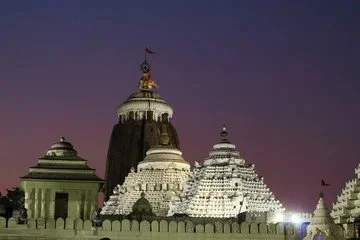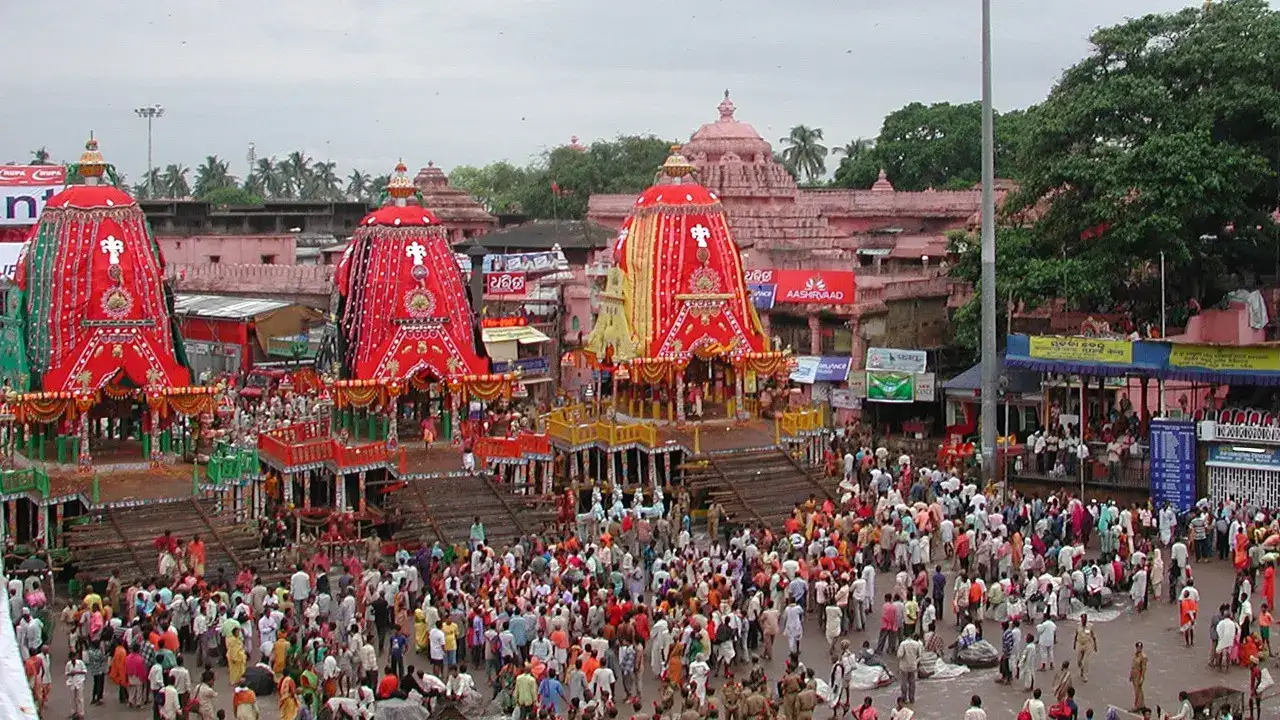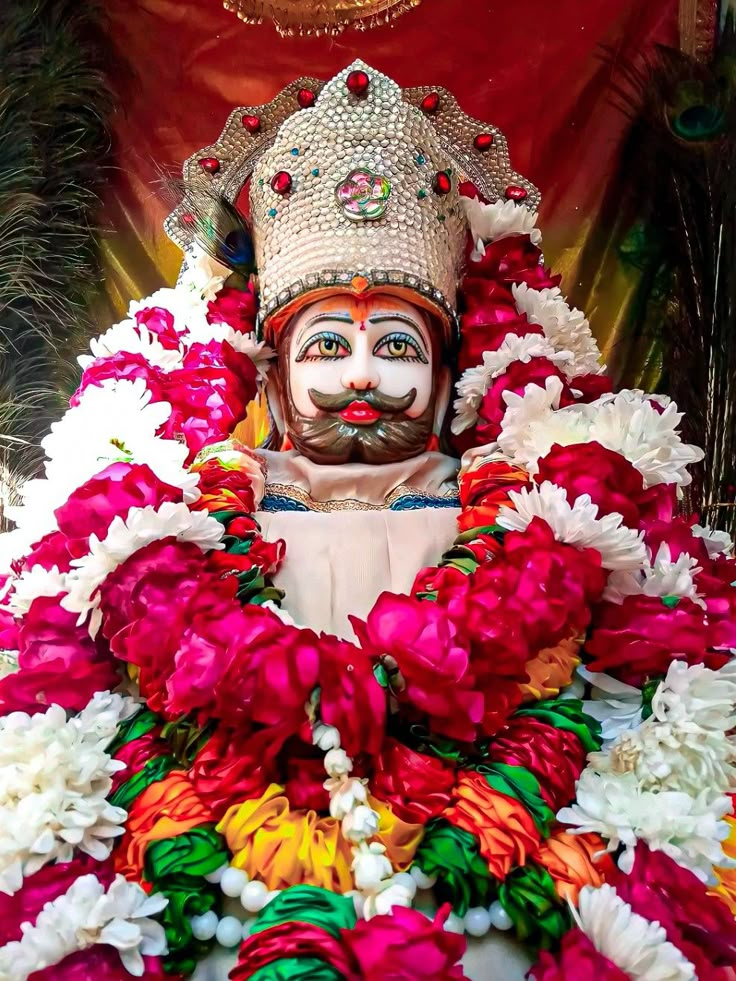Why Celebrate Rath Yatra in Odisha? History, Significance, Rituals And All You Need To Know
Why Celebrate Rath Yatra in Odisha – Rath Yatra is a Hindu festival associated with Jagannath. It is also known as Srigundicha Yatra or Ghosha Yatra. The Rath Yatra of Puri is the most famous and important Yatra in Odisha. It is the main Yatra among the 12 Yatras celebrated at the Jagannath Temple.
This yatra is celebrated on the second tithi of the Asadha Shukla. This yatra is also known as Mahavedi Mahotsav, Sadalapavan Yatra, Uttarabhimukhi Yatra, Navadinai Yatra, Dasavatar Yatra, Gundicha Mahotsav and Edap Yatra in various scriptures, Puranas and folk tales. Apart from Puri, Rath Yatra is celebrated in more than 60 places. You also read this Benefits Of Wearing Tulsi Mala And Chanting

The Eightfold Path:
According to the opinion, there are 8 parts of Rath Yatra, which are called Ashtanga Vidhi. 1. Sannu Utsav, 2. Anasar, 3. Navayoban Darshan and Netrotsav, 4. Srigundicha, 5. Hera Panchami, 6. Edap Parva, 7. Bahuda Yatra, and 8. Niladri Bije.
Gundicha Panchak:
Again, the Rath Yatra is divided into five parts. namely 1. Antravedy, 2. Mahavedy Mahotsav, 3. Edap Utsav, 4. Sukhamukhi Utsav, and 5. Niladri Bije. This is called Gundicha Panchaka.
Chariot in the Vedas:
Researchers believe that the chariot race is very ancient. The word “rath” is used in the Rigveda and Atharvaveda, etc. Later, it is also mentioned in the Satpatha Brahmana.
Some ancient sculptures carved between the 2nd century BC and the 1st century BC provide a clear indication of the chariot procession of the Sun. Therefore, the next version of the chariot procession of the Sun is the chariot procession of the Lord of the Purushottama Kshetra. Among all the chariot processions mentioned, the chariot procession of Shri Jagannath of Puri is the most popular and widespread.
Researcher’s opinion:
Some researchers believe that the Rath Yatra of Lord Jagannath originated from Buddhist tradition, as the account of the Rath Yatra held in Khotan by the Chinese traveler Fa Hian in the early fifth century AD is consistent with the Niswanyatra and Rath Yatra of Lord Jagannath that are still practiced today.
Mythology:
According to the mythological story, Lord Krishna, the Lord of the Gates, breathed his last at the head of a dead body. The Pandavas tried to burn the body of their friend Krishna but failed, because the power of fire did not have the power to dissolve the body of Lord Krishna, who was the Supreme Being, into the five elements. The empty voice said, Krishna’s navel lotus will not be consumed in fire. Therefore, it should be disposed of in the Mahodadhi. That is what the Pandavas did.
A half-burnt piece of wood of Lord Krishna appeared in the form of a log floating in the ocean. King Indradyumna brought the log floating in the ocean and placed it in the Srigundicha temple. The Lord himself came in the guise of an old man and made an idol out of that wood. The condition was that the door would not be opened until the idol was complete.
After fifteen days, when no sound was heard from the idol, the door was opened on the king’s orders. The old man who was making the idol, however, woke up. The idol was left half-cast. This half-cast idol was installed in the temple. At that time, the Lord said, O King, once a year, you will bring it to its birthplace. That is why the devotees visit Gundichaghar and return, which is called Rath Yatra.
Religious Importance
Rath Yatra holds immense religious significance for devotees. It is believed that participating in or witnessing the Rath Yatra cleanses one’s sins and brings good fortune. The act of pulling the chariots, known as “Ratha,” is considered a highly meritorious deed. Devotees from all over the world come to Puri to be part of this auspicious event, seeking blessings and spiritual upliftment.
Cultural and Social Significance
Beyond its religious aspects, Rath Yatra is a vibrant cultural event. It showcases the rich heritage, art, and traditions of Odisha. The festival fosters a sense of community and unity as people from diverse backgrounds come together to celebrate. The grand processions, music, dance, and street performances create an atmosphere of joy and celebration, reflecting the cultural richness of the region.
Symbol of Equality
Rath Yatra also embodies the principle of equality. During the festival, the King of Puri sweeps the chariots with a golden broom, a ritual known as “Chhera Pahanra.” This act signifies that everyone is equal in the eyes of the divine, regardless of their social status.
ALSO READ : Best days to wash hair astrology for women





